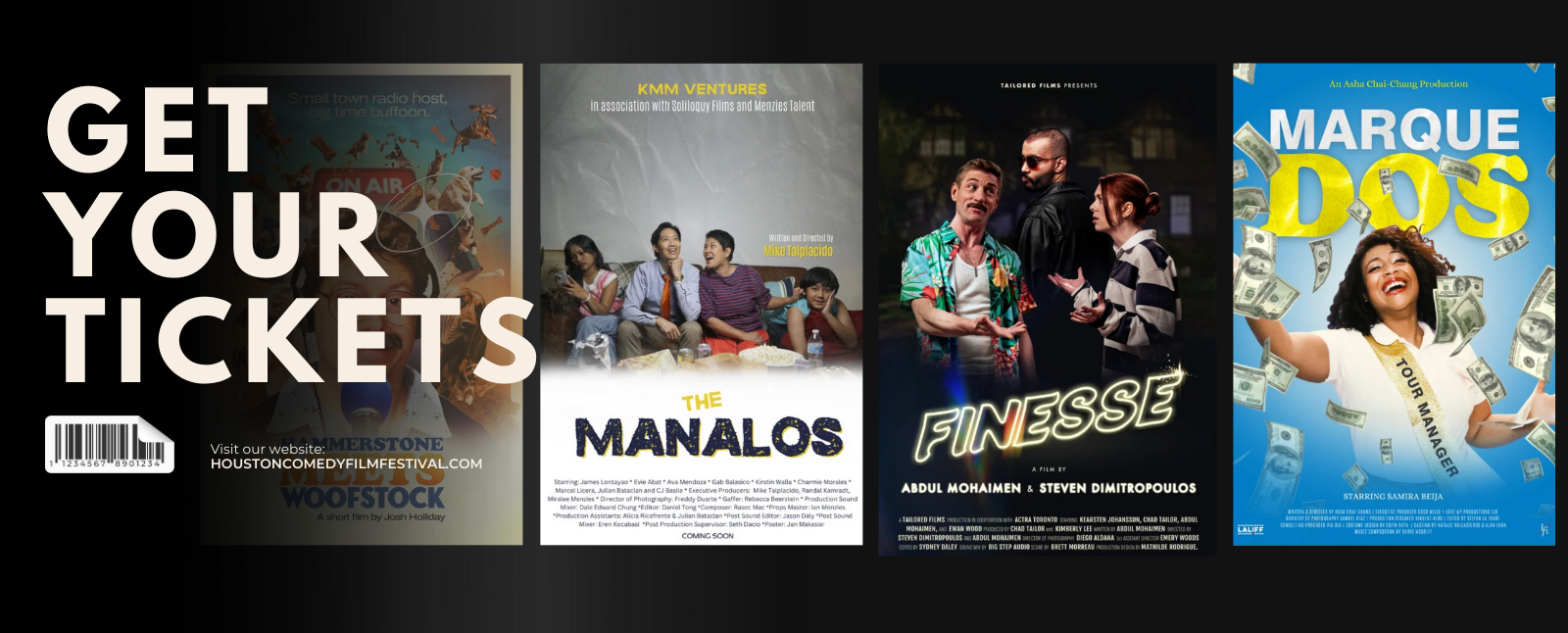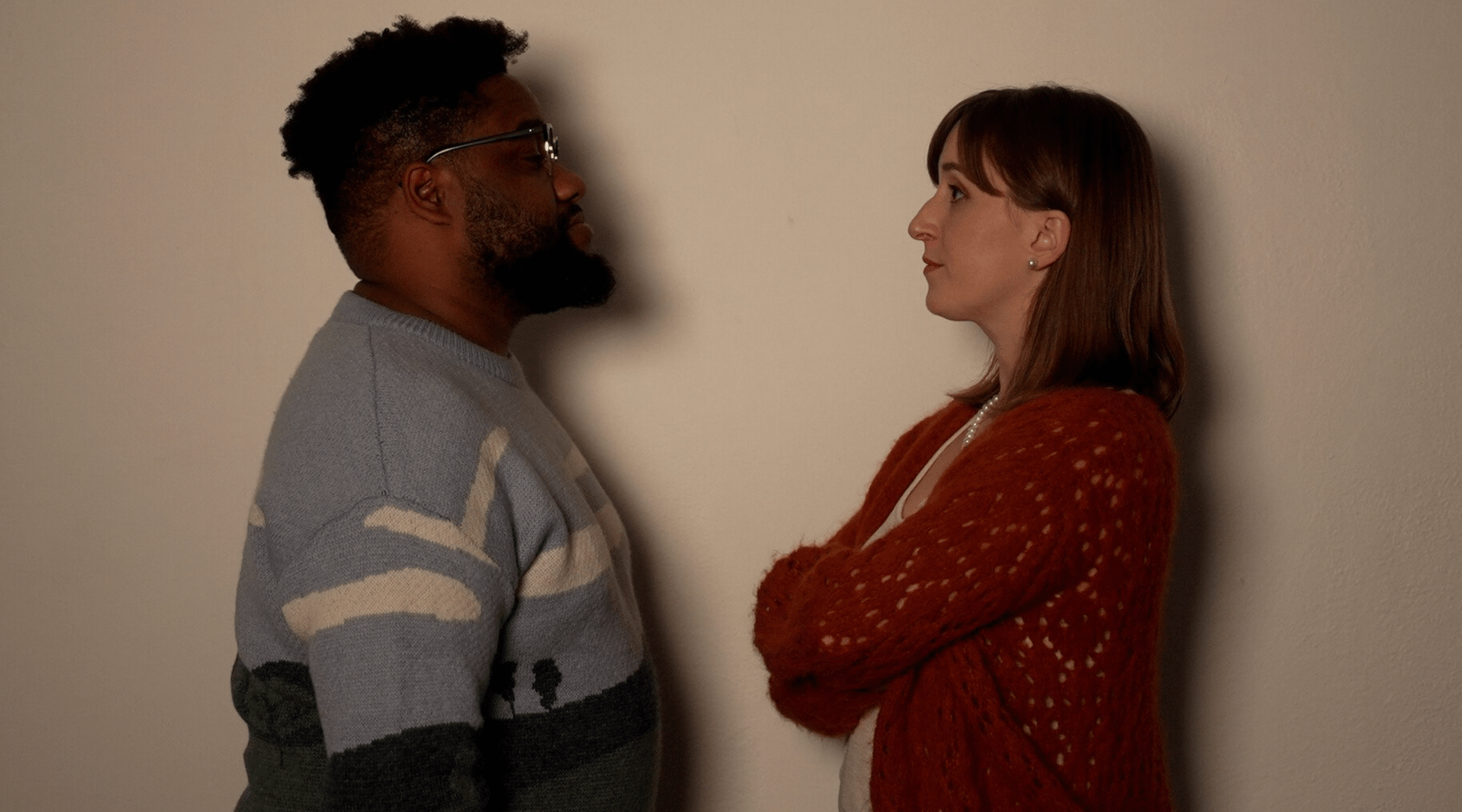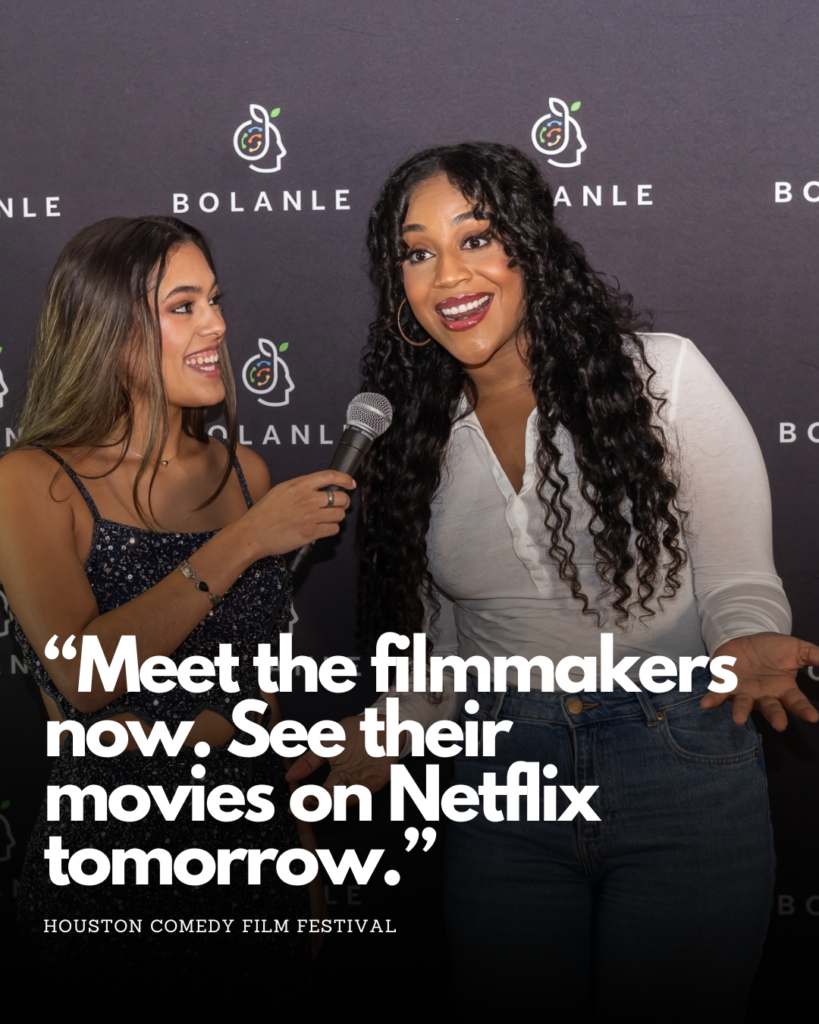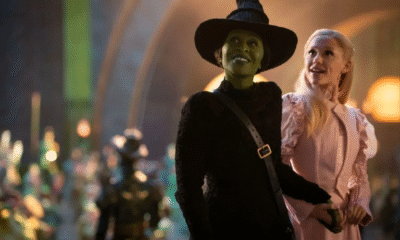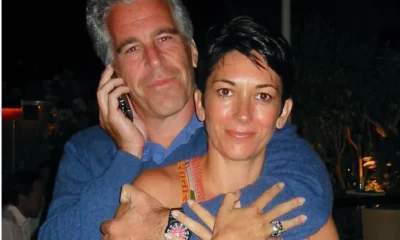Film Industry
When The Script Sucks, But You Already Started Shooting
The Nightmare Scenario
Every filmmaker dreads it: cameras are rolling, the crew is assembled, actors are in costume—and it becomes painfully clear that the script just isn’t working. Maybe the story feels lifeless, the dialogue is clunky, or the characters lack direction. Yet, the production machine is already in motion, and stopping now isn’t an option. What do you do when the script sucks, but you’ve already started shooting?

Why This Happens
There are many reasons productions find themselves in this predicament:
- Rushed Development: Sometimes, excitement or external pressures push a project into production before the script is truly ready. The result is a “we’ll fix it on set” mentality, which rarely works out2.
- Constant Rewrites: Directors or producers may keep rewriting the script during shooting, leading to confusion and inconsistency for cast and crew.
- Unforeseen Changes: Actors drop out, locations fall through, or budget constraints force last-minute alterations, all of which can compromise the script.
- Lack of Preparation: Skipping the crucial step of thoroughly workshopping and locking the script before production begins often leads to problems that are hard to fix on the fly.
The Cost of a Bad Script in Production
- Morale Drops: Cast and crew quickly sense when a project is on shaky ground, leading to diminished enthusiasm and commitment.
- Increased Expenses: Last-minute changes mean delays, overtime, and sometimes reshoots. This can balloon the budget and exhaust the team.
- Creative Chaos: Actors struggle to understand their characters, and the story can become incoherent as new pages arrive daily.
- Technical Confusion: Crew members rely on the script for planning shots, lighting, and logistics. Constant changes disrupt this process, increasing the risk of mistakes.

Strategies for Survival
1. Embrace Controlled Flexibility
While some rewriting is inevitable, especially on indie productions, it’s vital to maintain a clear vision. If changes must be made, communicate them clearly and ensure everyone understands how they fit into the overall story.
2. Prioritize Core Story Elements
Identify the essential beats and character arcs that must remain intact. Focus on shooting those well, even if other scenes are in flux. This ensures you have a coherent backbone to build around in post-production.
3. Collaborate and Communicate
Actors and crew should feel empowered to ask questions when changes arise. Open communication helps maintain professionalism and keeps performances consistent, even as the script evolves.
4. Troubleshoot Ruthlessly
If scenes feel flat or boring, analyze why. Are stakes clear? Are character motivations strong? Even on set, it’s possible to punch up dialogue, clarify objectives, and inject urgency into scenes.
5. Lean on Structure
A well-structured script is your safety net. If you’re forced to rewrite, use established storytelling frameworks (like the three-act structure) to maintain pacing and narrative momentum4.
6. Don’t Rely on “Fixing It in Post”
The myth that editing can save a bad script is dangerous. While editors can work wonders, they can’t invent story or character where none exists. Focus on getting the best material possible during production.
Lessons for Next Time
The best way to avoid this situation is to invest heavily in script development before cameras roll. Workshop the script, get feedback, and don’t start shooting until the screenplay is truly ready. A locked, well-crafted script saves time, money, and morale—and gives your cast and crew the foundation they need to deliver their best work.
“A bad script will only lead to a bad movie, no matter how talented the cast and crew may be… By taking the time to fix any issues with the script before production begins, you can ensure that your project is on the path to success.”
Conclusion
When you find yourself shooting with a script that isn’t working, the key is to stay calm, communicate, and focus on the story’s essentials. While it’s a tough spot, creativity and collaboration can sometimes salvage a troubled production. But the ultimate lesson is clear: fix it on the page, not on the set.


Bolanle Media covers a wide range of topics, including film, technology, and culture. Our team creates easy-to-understand articles and news pieces that keep readers informed about the latest trends and events. If you’re looking for press coverage or want to share your story with a wider audience, we’d love to hear from you! Contact us today to discuss how we can help bring your news to life
Film Industry
Disney Brings Beloved Characters to ChatGPT After $1 Billion OpenAI Deal

Disney is deepening its push into artificial intelligence with a $1 billion investment in OpenAI, the company behind ChatGPT, in a far-reaching deal that will also license Disney’s iconic characters for use within OpenAI’s new conversational AI platform, Sora.

The agreement positions Disney at the forefront of the entertainment industry’s growing intersection with generative AI, blending the company’s extensive character library with OpenAI’s advanced technology. Under the terms of the partnership, OpenAI will deploy select Disney intellectual property — spanning its animation classics, Pixar, Marvel, and Lucasfilm — across AI-driven storytelling and interactive experiences within ChatGPT Sora.
Sources familiar with the rollout say users will be able to engage directly with Disney characters through immersive dialogues powered by Sora, with potential extensions into digital parks, virtual assistants, and cross-platform storytelling initiatives.
A limited launch is expected to debut in 2026 as Disney explores new ways to integrate AI into consumer experiences.
“This collaboration continues Disney’s legacy of innovation, combining our storytelling heritage with cutting-edge technology to reach audiences in remarkable new ways,” said Disney CEO Bob Iger in a statement.
For OpenAI, Disney’s backing represents both a financial boost and a creative endorsement from one of the world’s most influential content companies. The partnership could accelerate mainstream adoption of AI entertainment tools while positioning ChatGPT Sora as a leader in branded and interactive media spaces.

The investment also signals an industry-wide shift as studios seek to capture value in AI-driven content creation, distribution, and personalization. With Disney’s move, legacy media joins a growing list of entertainment heavyweights aligning with AI firms to future-proof storytelling — marking what could be a pivotal step in Hollywood’s technological reinvention.
Film Industry
Netflix Got Outbid: Paramount Drops a $108 Billion Cash Bomb on Warner Bros.

Paramount has stunned Hollywood with a hostile, all‑cash offer to buy Warner Bros. Discovery outright for about 108.4 billion dollars, topping Netflix’s already splashy takeover agreement. The proposal, disclosed in SEC filings and a tender‑offer announcement, would pay 30 dollars per share in cash, roughly a 139% premium to where Warner Bros. Discovery traded before sale talks heated up and several dollars per share higher than Netflix’s mixed cash‑and‑stock offer.
How Paramount’s Bid Beats Netflix’s
Netflix’s deal focuses on acquiring the core Warner assets—Warner Bros. studio, HBO and the Max streaming service—for a valuation in the low‑80‑billion‑dollar range, compensated partly in Netflix stock. Paramount Skydance, by contrast, is offering all cash for the entire company, valuing Warner Bros. Discovery—including its cable brands like CNN and Discovery—at about 108–109 billion dollars. CEO David Ellison is pitching the bid as “superior” because it gives shareholders a higher headline price, avoids stock‑price risk and comes with committed financing lines from banks and investment partners.
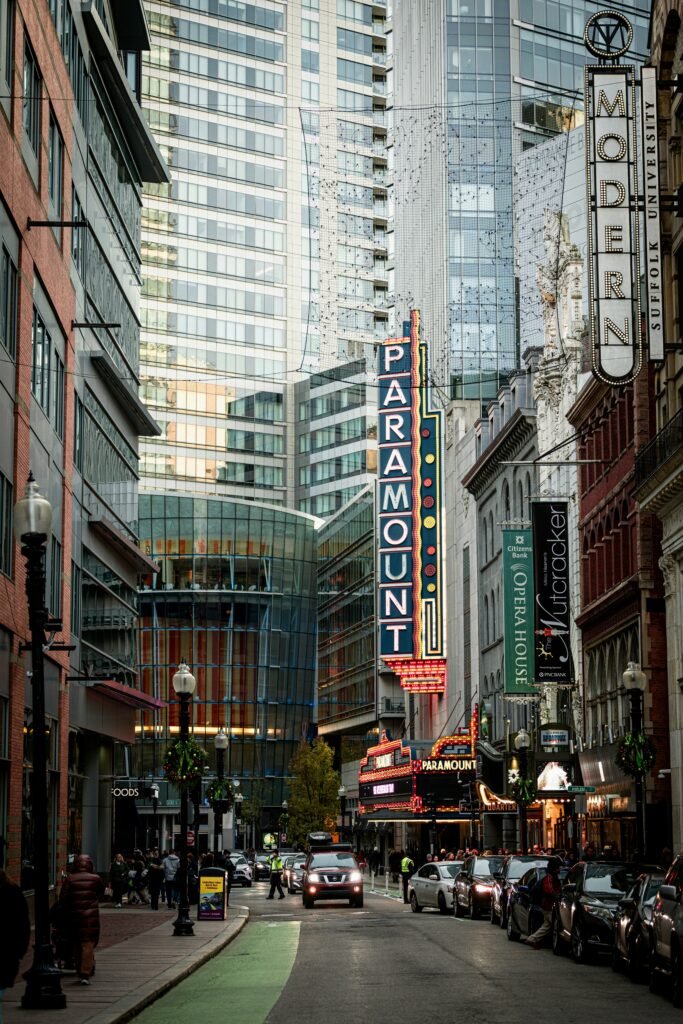
The Regulatory Chess Match
Both deals would face intense antitrust scrutiny, but the risk profiles differ. A Netflix–Warner tie‑up would marry the world’s largest subscription streamer with one of its biggest rivals, a combination analysts say could draw especially tough questions from U.S. and EU regulators about market dominance in streaming. Paramount is arguing that merging two diversified legacy media groups—Paramount Global and Warner Bros. Discovery—creates a stronger competitor to Netflix, Disney and Amazon rather than a streaming near‑monopoly, and therefore should be easier to clear.
What a Paramount–Warner Giant Would Look Like
If Paramount wins, it would control a vast portfolio: Warner Bros. and Paramount Pictures, HBO and Max alongside Paramount+, DC and Harry Potter next to Mission: Impossible and Top Gun, plus global news and lifestyle networks from CNN to Discovery. In pitch materials, Paramount has pledged to keep a robust theatrical pipeline of 30+ films per year from the combined studios while using the enlarged library and sports rights to turbo‑charge streaming growth.
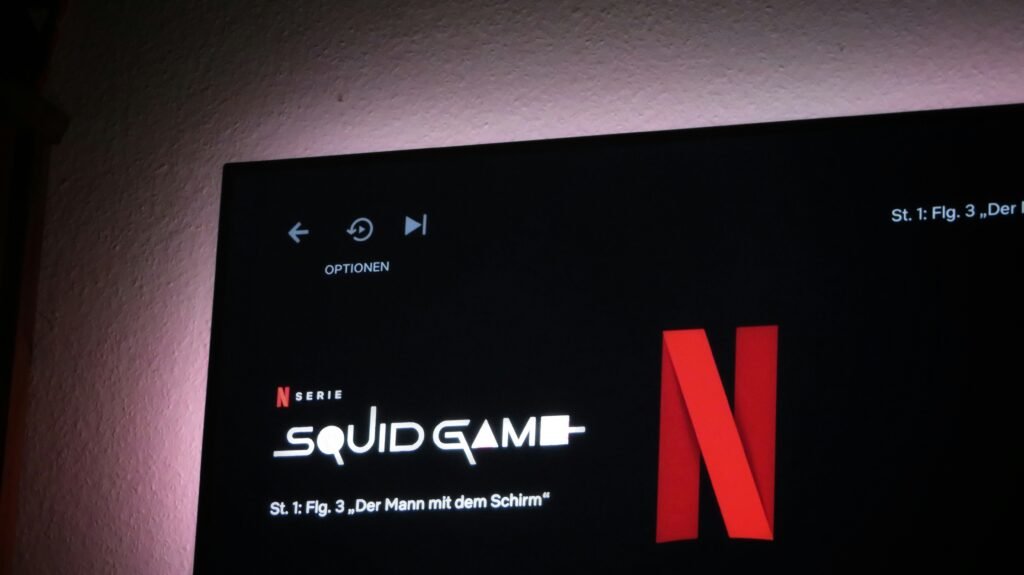
What Happens Next
Warner Bros. Discovery’s board, which has already endorsed Netflix’s agreement, must now evaluate whether Paramount’s richer all‑cash offer is worth triggering a sizeable breakup fee and resetting the regulatory process. Shareholders will ultimately decide between a higher but potentially more complex studio‑merger path and a slightly lower, tech‑powered streaming combo with Netflix. Whatever the outcome, Paramount’s 108‑billion‑dollar cash swing has turned an already historic sale into one of the most dramatic bidding wars Hollywood has ever seen.
Entertainment
This ‘Too Small’ Christmas Movie Turned an $18M Gamble Into a Half‑Billion Classic

Studios almost left this Christmas staple on the cutting‑room floor. Executives initially saw it as a “small” seasonal comedy with limited box‑office upside, and internal budget fights kept the project hovering in limbo around an $18 million price tag.
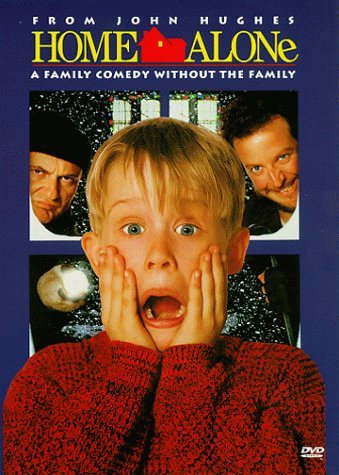
The fear was simple: why spend real money on a kid‑driven holiday film that would vanish from theaters by January?
That cautious logic aged terribly. Once released, the movie exploded past expectations, pulling in roughly $475–$500 million worldwide and camping at the top of the box office for weeks.
That’s a return of more than 25 times its production budget, putting it among the most profitable holiday releases in modern studio history.
What some decision‑makers viewed as disposable seasonal content quietly became a financial engine that still prints money through re‑runs, streaming, and merchandising every December.
The story behind the numbers is part of why fans feel so attached to it. This was not a four‑quadrant superhero bet with guaranteed franchise upside; it was a character‑driven family comedy built on specific jokes, one child star, and a very particular vision of Christmas chaos. The fact that it nearly got shelved—and then turned into a half‑billion global phenomenon—makes every rewatch feel like a win against studio risk‑aversion.
When you press play each year, you are not just revisiting nostalgia; you are revisiting the rare moment when a “small” movie out‑performed the system that almost killed it.

 Entertainment2 weeks ago
Entertainment2 weeks agoWicked Sequel Disappoints Fans: Audience Verdict on For Good

 News3 weeks ago
News3 weeks agoYolanda Adams Questions Traditional Views on God’s Gender, Audience Reacts

 Entertainment2 weeks ago
Entertainment2 weeks agoAriana & Cynthia Say They’re in a ‘Non‑Demi Curious, Semi‑Binary’ Relationship… WTF Does That Even Mean?

 News3 weeks ago
News3 weeks agoEpstein Files to Be Declassified After Trump Order

 News4 weeks ago
News4 weeks agoTrump Throws Epstein Files at Clinton’s Door

 Entertainment4 weeks ago
Entertainment4 weeks agoAriana Grande’s Red Carpet: When Fans Forget Boundaries

 Entertainment3 weeks ago
Entertainment3 weeks agoHollywood’s Kiss or Miss Policy: Why Saying No Got Neal McDonough Blackballed

 Entertainment3 weeks ago
Entertainment3 weeks agoJimmy Cliff, Reggae Legend and Star of ‘The Harder They Come,’ Dies at 81

